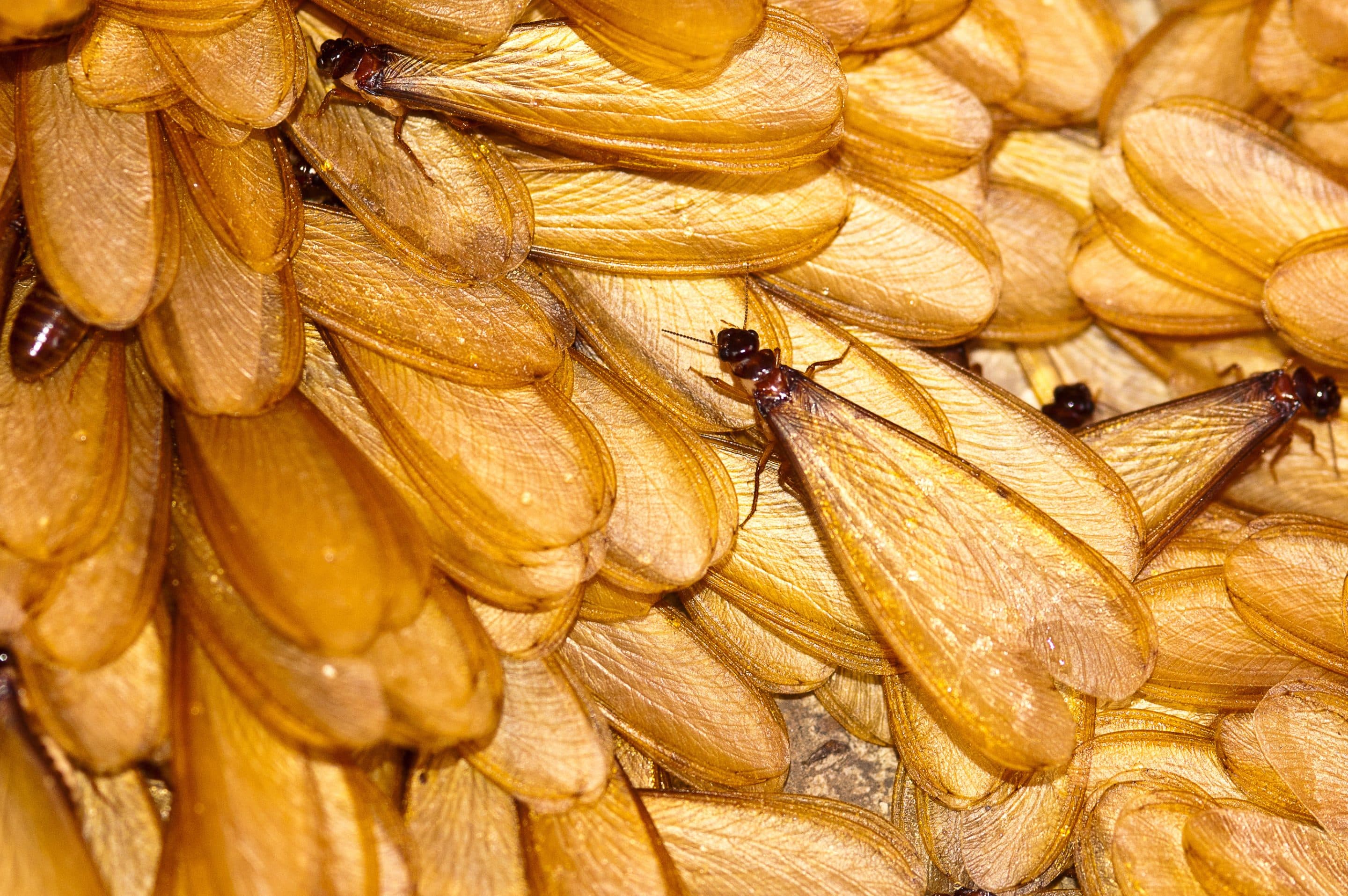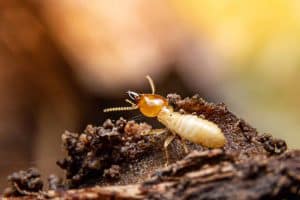Termites are notorious for their destructive habits, silently causing extensive damage to homes and buildings. One question homeowners have about these pests stands out: “Can termites fly?” The answer is yes; certain types of termites can fly, and understanding this behavior is key to identifying and effectively managing termite infestations. Urban Desert Pest Control wants to address common questions about termites, including their size, appearance, and what to do if you suspect an infestation.
How Big Are Termites?
Termites vary in size depending on their caste and species. Generally, worker termites are the smallest, measuring about 1/8 to 3/8 inch long. Soldier termites are slightly larger and equipped with noticeable mandibles for defense. The reproductive termites, known as alates or swarmers, are the largest, ranging from 1/4 to 1/2 inch in length. Despite their small size, termites can cause significant damage if left unchecked.
Can Termites Fly?
Yes, termites can fly, but not all of them do. The flying termites are called alates or swarmers, and they are the reproductive members of the colony. Alates have two pairs of wings, which is a key characteristic for identifying them. These termites are typically seen during the swarming season, which occurs once a year and is influenced by weather conditions like temperature and humidity.
What Does a Termite Look Like?
Termites are often mistaken for ants, but a few distinct differences exist. Termites have straight, bead-like antennae, a wide waist, and, as you’ve learned, sometimes wings. Meanwhile, ants have elbowed antennae and narrow waists. Worker termites are usually pale and soft-bodied, while soldier termites have a sturdier appearance with large mandibles. Alates are darker in color, often brown or black, and are termites with wings.
What Do You Do If You Have Termites?
If you suspect a termite infestation, act immediately to prevent further damage! Here are some steps to take:
- Identify the Infestation: Look for signs of termites, such as discarded wings, mud tubes on exterior walls, hollow-sounding wood, and visible damage to wood structures.
- Eliminate Moisture: Termites thrive in moist environments. Fix leaks in your home, ensure proper drainage, and use dehumidifiers in damp areas to reduce moisture levels.
- Remove Wood Debris: Clear away any wood, paper, or cardboard debris around your home, as termites find these materials appealing.
- Use Bait Systems: Termite bait systems can be an effective way to control and eliminate termites. These systems attract termites to a bait station, where they consume a toxic substance carried back to the colony, eventually leading to its downfall.
- Apply Termiticides: Liquid termiticides can be applied around your home's foundation to create a barrier that repels or kills termites. This method can provide long-lasting protection.
- Seek Professional Help: For severe infestations or to ensure thorough treatment, contact a professional pest control service like Urban Desert Pest Control. We are professionals with the expertise and tools necessary to effectively eliminate termites and prevent future infestations.
Understanding that termites can fly and recognizing the signs of an infestation are essential first steps in protecting your home from these destructive pests. If you suspect a termite infestation, don’t hesitate to take action and consult with a professional pest control service to keep your home safe.
For expert assistance and comprehensive termite control solutions, contact Urban Desert Pest Control today. Our team is dedicated to protecting your property from termites and other pests to guarantee your peace of mind.












